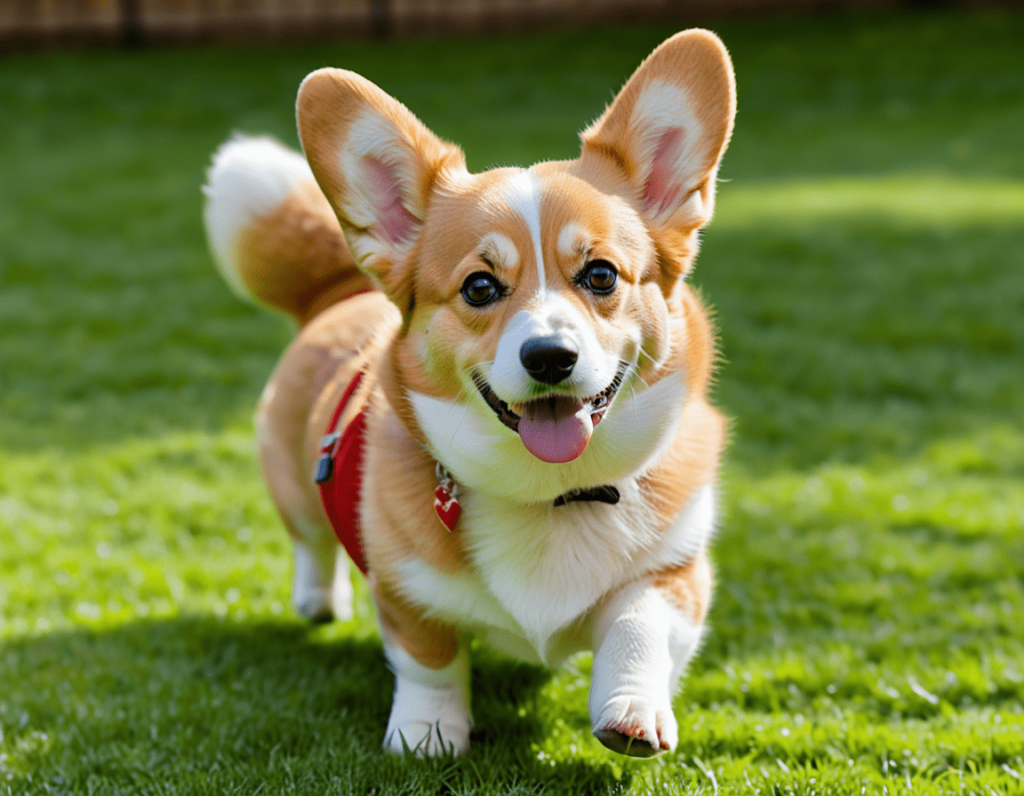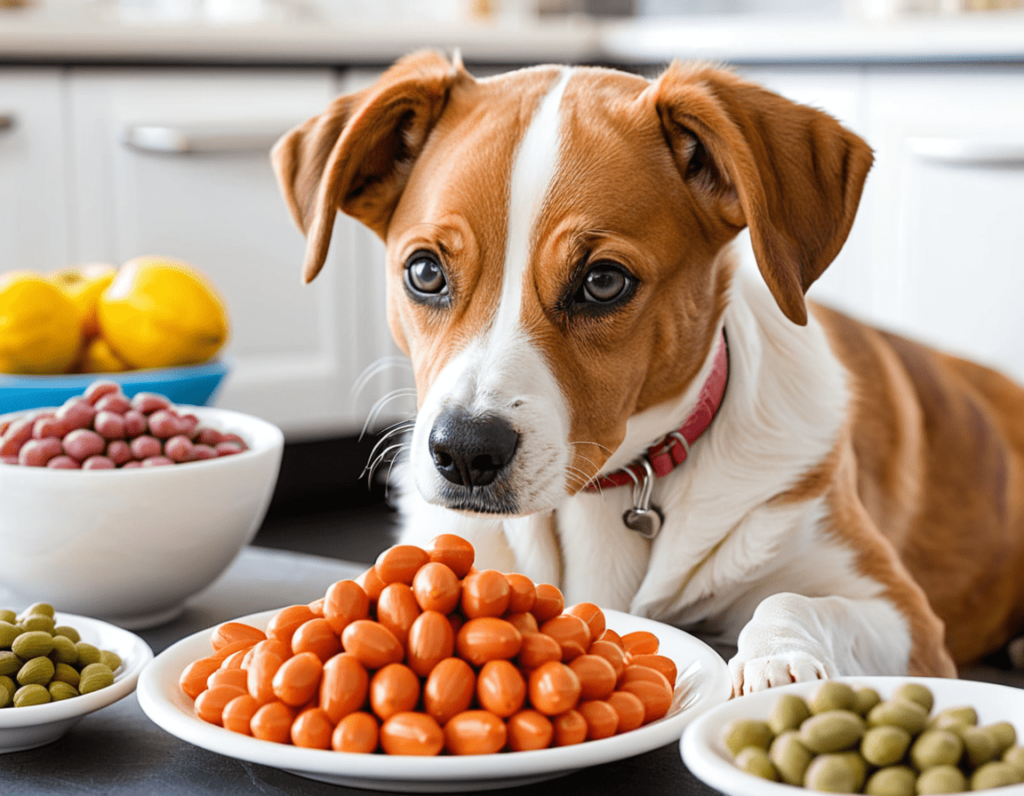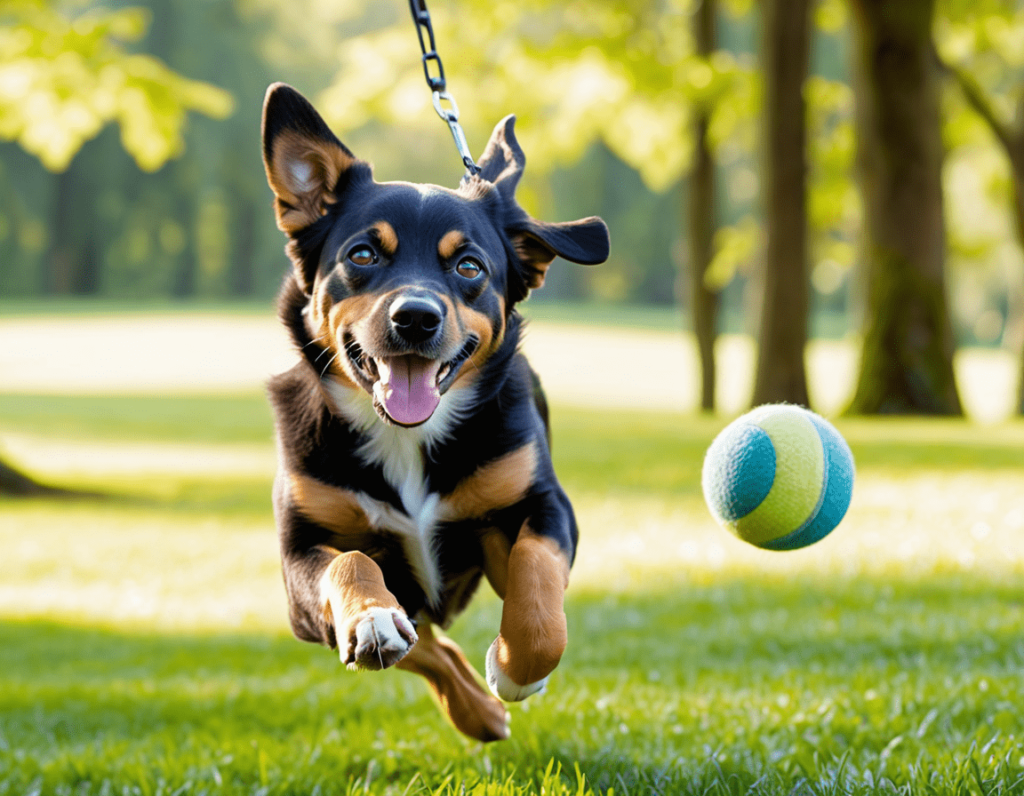
If you’ve got a dog that acts like they’ve just consumed a double shot of espresso, you’re not alone! Hyperactive dogs can bring a lot of joy and energy into your life, but they can also make you feel like you’re living with a furry tornado. Fortunately, with some understanding, patience, and a dash of humour, you can learn to manage your pup’s hyperactivity effectively. Here’s how to deal with those lively little furballs!
Understanding Hyperactivity in Dogs
Before diving into solutions, it’s important to understand why your dog might be hyperactive. Here are a few common reasons:
- Breeds and Genetics: Some breeds, like Border Collies and Jack Russell Terriers, are naturally more energetic. They were bred for work, so their zoomies come from a long history of herding and hunting.
- Age: Puppies are like tiny balls of energy, ready to bounce off the walls! Young dogs tend to be more hyper than their older counterparts. Think of them as the toddlers of the dog world—full of excitement and curiosity.
- Lack of Exercise: Dogs need physical and mental stimulation. If they’re not getting enough exercise, they’ll often find their own ways to burn off energy—like turning your living room into a racetrack.
- Boredom: Just like humans, dogs can get bored. A bored dog is likely to get into mischief, which often looks like hyperactivity.
Signs of a Hyperactive Dog
So, how do you know if your dog is hyperactive? Here are some telltale signs:
- Excessive Barking: If your dog sounds like they’re auditioning for a role in a dog version of “The Voice,” they might be hyper.
- Incessant Jumping: Does your pup act like they’re trying to launch themselves into space every time they see you? Yep, that’s hyperactivity!
- Restlessness: If your dog can’t settle down and seems to be constantly on the move, it’s a good indicator of high energy.
- Chewing and Destruction: A hyper dog might channel their energy into chewing furniture, shoes, or anything else they can get their paws on.
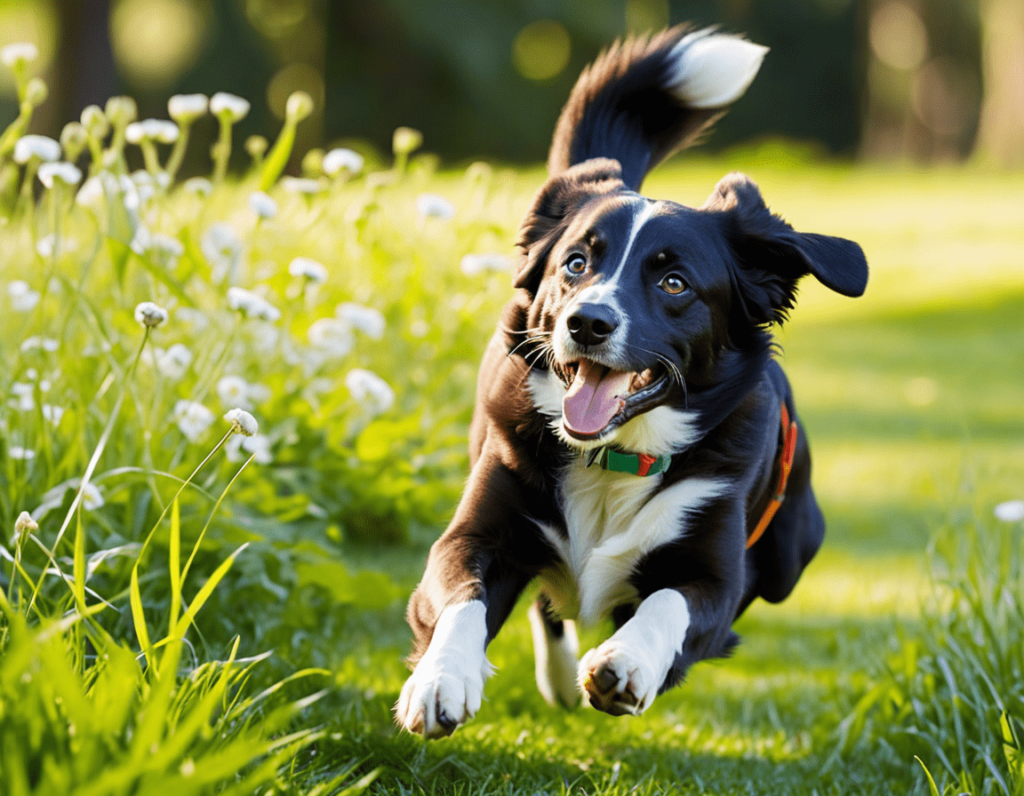
Tips for Managing Hyperactive Dogs
Now that we’ve identified the issue, let’s explore some tips for managing that ball of energy in your home.
1. Increase Exercise
First and foremost, more exercise is key! A well-exercised dog is a happy dog. Here are some fun ways to tire out your hyperactive buddy:
- Daily Walks: Aim for at least a 30-minute walk each day. Bonus points if you can throw in some running or playing fetch along the way!
- Playtime: Engage your dog in games like fetch, tug-of-war, or frisbee. Just be prepared for a slobbery toy flying back at you!
- Dog Sports: Consider agility training, flyball, or even obedience classes. Your dog will burn off energy while learning new skills. And you might even become a dog sport champion—who knew?!
2. Mental Stimulation
Just like us, dogs need mental challenges too. Keep that brain busy with these ideas:
- Puzzle Toys: Invest in toys that dispense treats or require problem-solving. Your dog will be too focused on figuring it out to zoom around the house.
- Training Sessions: Teach your dog new tricks or reinforce existing commands. A tired brain can lead to a calmer pup!
- Sniffing Games: Hide treats around the house or yard and let your dog use their nose to find them. It’s like a treasure hunt, and they’ll love every minute!
3. Create a Routine
Dogs thrive on routine, so establishing a consistent schedule can help manage hyperactivity. Set regular times for walks, meals, play, and training. When your dog knows what to expect, they may feel more settled.
4. Calm Environment
Sometimes, a hyperactive dog simply needs a calmer environment. Here are a few ideas to create a peaceful space:
- Quiet Time: Set aside time for your dog to relax. Create a cozy spot with a blanket and encourage them to chill out.
- Soothing Music: Play calming music or use a white noise machine to help create a peaceful atmosphere. It might sound silly, but some dogs really dig it!
- Ditch the Chaos: Reduce noise and distractions in the house during downtime. If your dog is trying to take a nap but the kids are running around, it’s no wonder they can’t settle down!
5. Know When to Seek Help
If your dog’s hyperactivity becomes overwhelming or you feel you can’t handle it on your own, don’t hesitate to seek professional help. A dog trainer or behaviorist can provide tailored strategies to manage your pup’s energy levels.
Final Thoughts
Dealing with a hyperactive dog can be a challenge, but with the right strategies and a bit of humor, you can turn that energetic whirlwind into a more manageable companion. Remember, patience is key, and always celebrate the small victories. Your pup might be a bouncing ball of energy now, but with time and effort, you can help them become the happy and balanced dog they’re meant to be.
FAQs: Dealing with Hyperactive Dogs
To help you further navigate the challenges of managing a hyperactive dog, here are some frequently asked questions:
1. Can hyperactivity be a sign of a health issue?
Answer: Yes, hyperactivity can sometimes indicate underlying health problems, such as thyroid issues or behavioral disorders. If you notice sudden changes in your dog’s behavior or if their hyperactivity is excessive and unmanageable, it’s best to consult your veterinarian. They can rule out any medical issues and provide guidance on how to proceed.
2. How much exercise does my hyperactive dog need?
Answer: The amount of exercise varies based on your dog’s age, breed, and individual energy levels. Generally, high-energy breeds may need 1 to 2 hours of exercise per day, while smaller or less active breeds might require around 30 minutes to an hour. Experiment to find what works best for your dog, but remember that more exercise often leads to a calmer dog!
3. What are some calming techniques for hyperactive dogs?
Answer: Here are a few calming techniques to try:
- Massage: Gentle massages can help soothe your dog and reduce anxiety.
- Calm commands: Teach your dog to respond to commands like “settle” or “place” to encourage calmness in busy situations.
- Calming supplements: Some supplements are designed to help reduce anxiety in dogs. Consult your vet for recommendations.
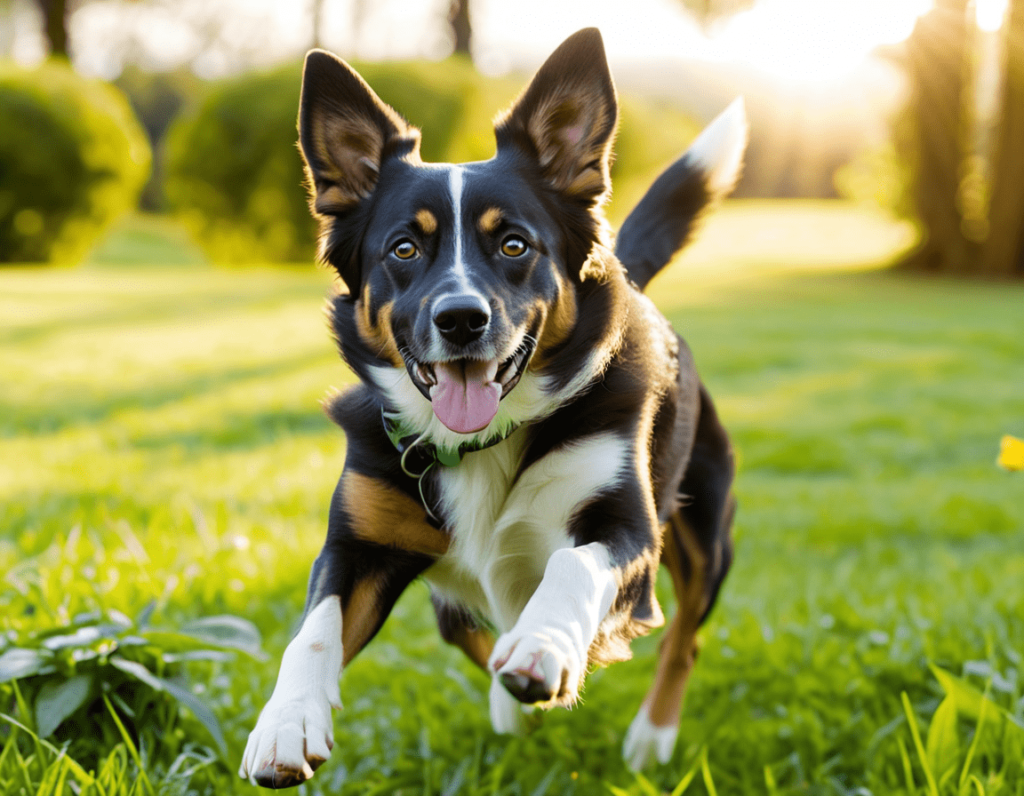
4. Is it possible for my dog to outgrow their hyperactivity?
Answer: Many dogs mellow out as they age, especially as they reach maturity. However, some breeds are naturally more energetic throughout their lives. Consistent training, exercise, and mental stimulation can help manage hyperactivity regardless of age, so your dog can lead a balanced life.
5. Can hyperactivity be trained out of a dog?
Answer: While you may not be able to completely “train out” hyperactivity, you can certainly manage it through training and structured activities. Teaching impulse control, like waiting for a command before getting a treat or going outside, can help your dog learn to calm down.
Conclusion: Embrace the Energy!
Having a hyperactive dog can feel like owning a perpetual motion machine, but with the right tools and techniques, you can turn that energy into a source of joy rather than frustration. By providing ample exercise, mental stimulation, and a structured environment, you’ll help your pup channel their excitement into positive behaviors.
And remember, while it can be challenging to keep up with a hyperactive dog, they also bring a unique spark to our lives. Their enthusiasm can remind us to enjoy the little things—like that blissful moment when they finally collapse into a well-deserved nap after a fun day.
So, buckle up for the ride, keep those treats handy, and get ready to embrace the whirlwind of energy that is your beloved canine companion! With a little patience and creativity, you’ll both find a happy balance and enjoy all the adventures that come with your hyperactive pup. 🐕💨

